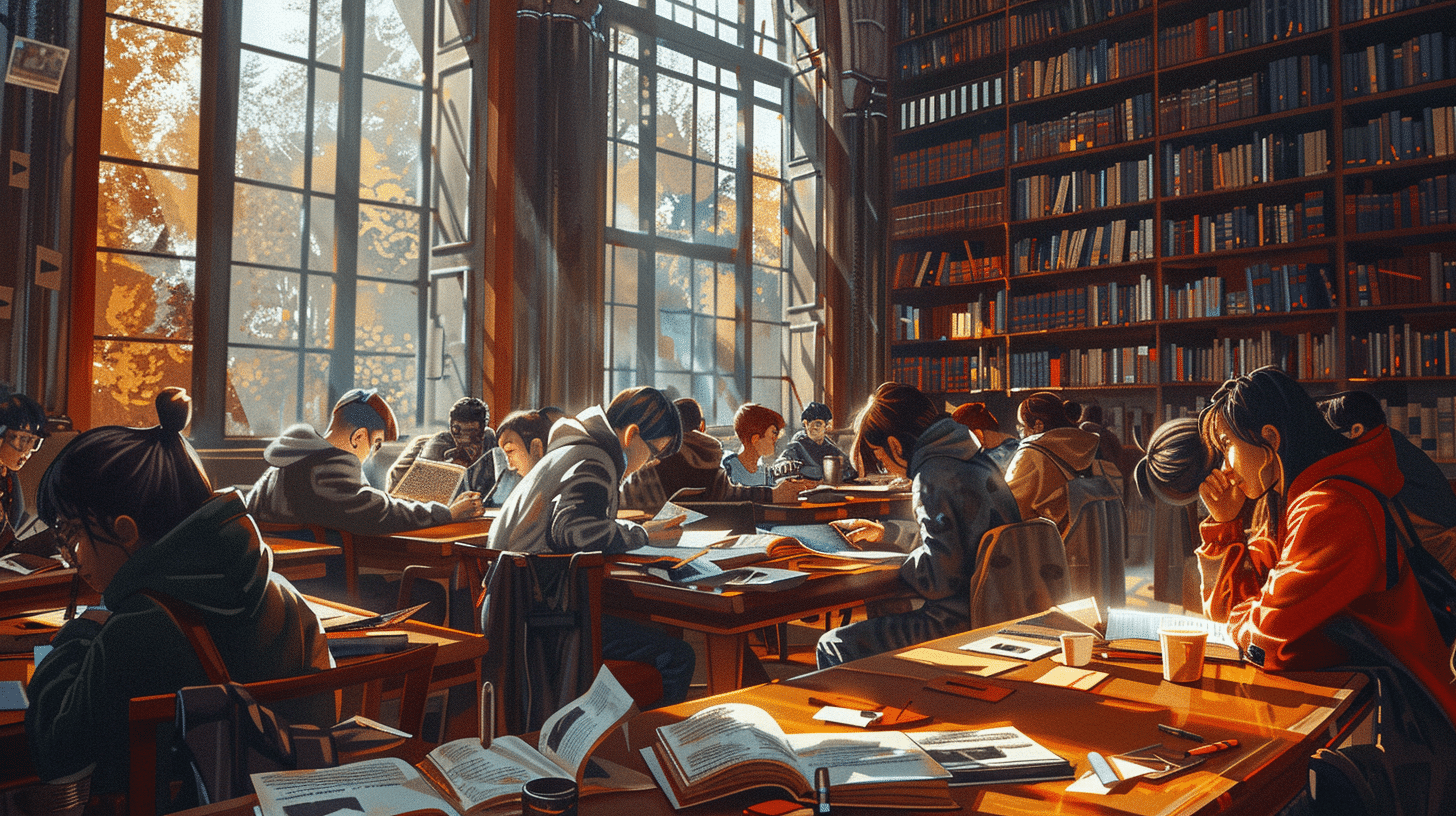Understanding Basic Shapes in Slovenian
Before diving into complex geometrical terms, it’s important to familiarize yourself with the basic shapes used in everyday language. Slovenian, a Slavic language, has straightforward terms for common shapes that are easy to learn and remember.
Common Slovenian Shape Vocabulary
Here is a list of the most frequently used shapes in Slovenian along with their English equivalents:
- Krog – Circle
- Kvadrat – Square
- Pravokotnik – Rectangle
- Trikotnik – Triangle
- Oval – Oval
- Diamant – Diamond
- Petkotnik – Pentagon
- Šestkotnik – Hexagon
- Poligon – Polygon
- Linija – Line
Knowing these basic shapes is crucial as they form the foundation for describing objects, explaining concepts in geometry, and engaging in more detailed conversations about spatial orientation and design.
Pronunciation Tips for Slovenian Shapes
Slovenian pronunciation can be tricky for beginners, but focusing on key sounds helps:
- Krog – The “g” is hard, like in “go”.
- Kvadrat – Stress is usually on the first syllable “kva”.
- Pravokotnik – Break it down into “pra-vo-kot-nik” for easier articulation.
- Trikotnik – Similar to “pravo-,” it breaks down into “tri-kot-nik,” stressing the first syllable.
Using Talkpal’s speech recognition and practice exercises can help perfect these pronunciations through repetition and real-time feedback.
Using Shapes in Slovenian Sentences
Understanding vocabulary is one thing, but being able to use shapes in everyday sentences is where fluency begins. Slovenian uses cases, so the shape nouns will change form based on their grammatical role in the sentence.
Examples of Shapes in Sentences
- Nominative case (subject): Krog je okrogel. (The circle is round.)
- Accusative case (direct object): Vidim kvadrat. (I see a square.)
- Genitive case (possession): Barva trikotnika je modra. (The color of the triangle is blue.)
- Locative case (location): Slika je na pravokotniku. (The picture is on the rectangle.)
Common Phrases Involving Shapes
These phrases can be useful for describing objects or shapes in various contexts:
- Ta krog je zelo velik. – This circle is very big.
- Risala sem trikotnik na papir. – I drew a triangle on the paper.
- Kvadrat ima štiri enake stranice. – A square has four equal sides.
- Ali lahko narišeš šestkotnik? – Can you draw a hexagon?
Practicing such sentences regularly helps reinforce vocabulary and grammar simultaneously.
Advanced Geometrical Terms and Their Usage
For learners interested in mathematics, engineering, or art, expanding your Slovenian shape vocabulary to more complex terms is essential.
More Complex Shapes
- Elipsa – Ellipse
- Trapez – Trapezoid
- Kvadra – Cuboid
- Krogla – Sphere
- Valj – Cylinder
- Konič – Cone
- Prizma – Prism
Using These Terms in Context
When discussing scientific or artistic subjects, you might encounter or use sentences such as:
- Krogla je tridimenzionalna figura. (A sphere is a three-dimensional figure.)
- Valj ima dve krožni osnovi. (A cylinder has two circular bases.)
- Prizma ima dva vzporedna obrazca. (A prism has two parallel faces.)
These terms and sentences are particularly useful for students studying geometry in Slovenian or professionals working in design and architecture.
The Role of Shapes in Slovenian Culture and Education
Shapes are not only linguistic components but also cultural and educational tools in Slovenia. Understanding how shapes are taught and referenced can provide deeper insight into Slovenian society.
Shapes in Slovenian Education
In Slovenian schools, children learn shapes early on as part of their math and art curriculum. The teaching method emphasizes visual recognition combined with verbal description, fostering both cognitive and language skills simultaneously.
- Kindergarten and primary school lessons often use shapes to teach counting and spatial awareness.
- Geometry lessons in higher grades introduce technical terms and properties of shapes.
- Interactive tools and games, similar to Talkpal, are increasingly incorporated into classrooms to enhance learning.
Shapes in Slovenian Art and Architecture
Slovenia has a rich tradition of art and architecture where shapes play a symbolic and practical role.
- Traditional Slovenian folk art often features geometric patterns composed of triangles, diamonds, and hexagons.
- Modern Slovenian architecture integrates shapes such as rectangles and prisms to create functional yet aesthetic structures.
- Understanding shape terminology helps in appreciating art descriptions and architectural discussions in Slovenian.
Tips for Learning Slovenian Shapes Efficiently
Mastering shapes in Slovenian can be enjoyable and effective if approached strategically.
Use Visual Aids and Flashcards
Associating shape names with images helps reinforce memory. Create flashcards with the Slovenian word on one side and the image of the shape on the other.
Practice Speaking and Listening
Engage in conversations about shapes using Talkpal or language exchange partners. Listening to native pronunciation and repeating aloud builds confidence and fluency.
Incorporate Shapes into Daily Life
Try to describe objects around you in Slovenian by their shapes. For example:
- Ta miza je pravokotna. (This table is rectangular.)
- Okno je kvadratno. (The window is square.)
Play Educational Games
Use apps or online games focused on shapes in Slovenian to make learning interactive and fun.
Conclusion
Learning shapes in the Slovenian language opens up a new dimension of vocabulary and practical communication skills. From basic shapes like “krog” and “kvadrat” to advanced geometrical terms such as “krogla” and “valj,” mastering these terms enriches your linguistic ability and cultural understanding. Platforms like Talkpal provide excellent resources to practice pronunciation, sentence construction, and real-life usage, making your language learning journey more effective and enjoyable. Whether you’re a beginner or an advanced learner, integrating shape vocabulary into your daily practice will undoubtedly enhance your Slovenian language proficiency.










